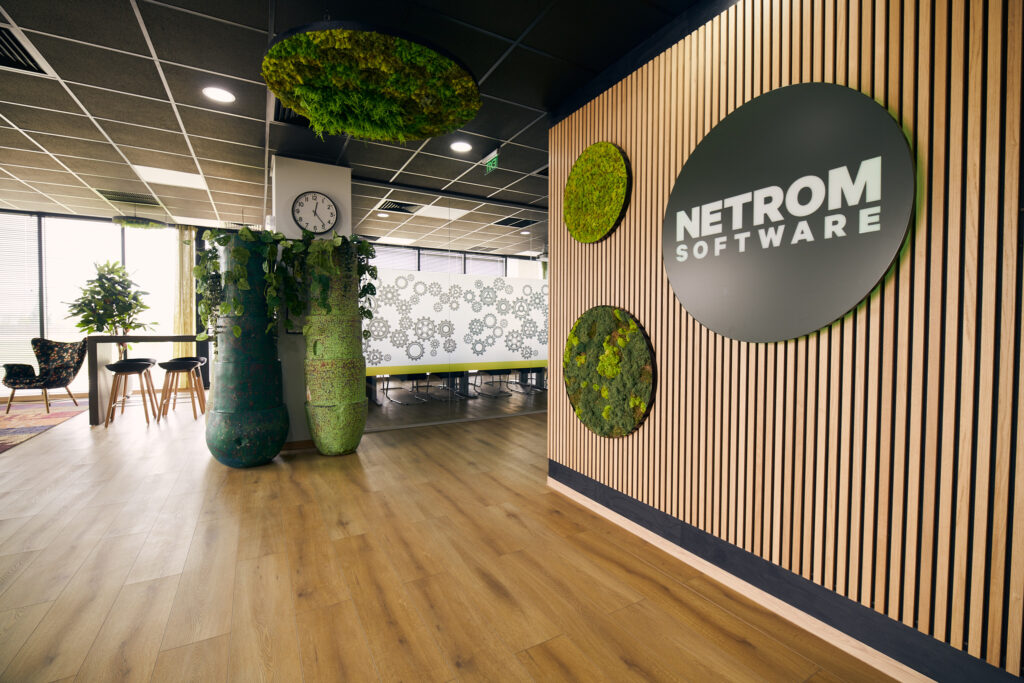
In a time when digital transformation and efficient processes are becoming increasingly important, organizations face a significant challenge in the coming year: there is still a shortage of IT staff to make it all possible. This scarcity is driving up labor costs, putting pressure on organizational profitability. A multi-faceted challenge indeed. How will you address this?
According to the Outlook Netherlands 2025 report by ING Research, the Dutch economy is expected to grow by 1.3% in 2025, compared to 0.8% in 2024. This will have implications for the demand for personnel in the coming year.
The UWV Labor Market Forecast 2024-2025 anticipates a 1.5% growth in the Information and Communication sector, meaning that the demand for IT professionals will increase. Due to factors such as labor market shortages, wage increases are expected to continue: the Netherlands Bureau for Economic Policy Analysis predicts an average increase in gross wages of 4.3% in its Macro Economic Outlook for 2025. While the forecast does not specify how much gross wages for IT specialists will rise on average, it is not unlikely that their increase will exceed the predicted average percentage.
Persistent shortage of Dutch IT specialists
The tight labor market for IT personnel presents several challenges. The shortage of IT specialists remains the biggest obstacle for companies to innovate and grow. Businesses are forced to put projects on hold or even cancel them entirely. This creates a backlog and puts their competitive position under pressure. Additionally, the scarcity of IT specialists in the labor market leads to higher wage demands, creating a challenging scenario for organizations in need of IT professionals.
To address the shortage of Dutch IT employees in permanent positions, an organization can, of course, hire freelancers. However, this is also challenging in practice. There is a shortage of skilled IT freelancers, and it is well-known that the scarcer a specialist’s expertise, the higher the hourly rates.
Outsourcing software development is an excellent alternative to solve the shortage of IT-related labor. Offshoring and nearshoring are both viable options. While both approaches share similarities, they also differ in certain aspects. Offshoring involves outsourcing IT tasks to a partner located far away, in terms of both distance and differences in time zones, language, culture, and practices. For organizations in Western Europe, this often means countries like Bangladesh, the Philippines, or India. Nearshoring, on the other hand, involves outsourcing work to nearby countries within the same time zone and with relatively similar cultures and practices. For Western European organizations, countries like Spain, Portugal, and Romania are examples of nearshoring options.
While offshoring often comes with lower hourly rates, factors such as smaller time differences, cultural similarities with the local work environment, and the ability to meet within a few hours often have a decisively positive impact on the choice for nearshoring.

When outsourcing software development, we distinguish four common collaboration models: staff augmentation, dedicated development teams, blended development teams, and end-to-end product-oriented delivery.
| Staff augmentation Staff augmentation involves expanding the internal team with individual developers from an outsourcing partner. These external developers operate under the direct supervision of the client’s internal team. Throughout the software development process, the external and internal teams function as one integrated in-house team. | Dedicated development teams In the case of a dedicated team, the development partner provides an autonomous development team, including various roles such as testers and developers. This team focuses exclusively on the client’s project. The client typically appoints a Product Owner, who is responsible for the functional management of the project. |
| Blended development teams In the case of a blended team, there is collaboration between the client’s internal team and the team provided by the outsourcing partner. The client usually provides the Product Owner for oversight and decision-making, while the outsourcing partner is responsible for the functioning of its own team. | End-to-End product-oriented delivery In end-to-end product-oriented delivery, the outsourcing partner takes full responsibility for product development. This includes the entire development process, from design to implementation. Service Level Agreements (SLAs) and Key Performance Indicators (KPIs) form the foundation of this collaboration model. The primary benefit of this approach is that the client can focus on strategic objectives while the outsourcing partner handles all technical aspects of software development. |
Nearshoring: high-quality IT professionals at lower costs
For companies struggling with a shortage of IT personnel and higher labor costs, NetRom Software offers nearshoring solutions to tackle these challenges. At the NetRom Campus in Romania, a team of over 500 highly skilled IT professionals is available. In addition to guaranteeing quality, this is also a cost-effective solution: by engaging our IT specialists, you save significantly on the costs of recruiting, training, and retaining your own staff. Compared to the Netherlands, hourly rates for Romanian IT professionals are on average about 50% lower, while clients also gain access to more knowledge and flexibility.
IT specialists with in-depth domain knowledge
Opting for nearshoring through NetRom Software also means gaining access to tailored expertise. Our highly qualified IT professionals possess in-depth knowledge across many fields. Whether it’s software development, QA and testing, cybersecurity, cloud technology, or AI, our specialists are skilled in a wide range of areas. Moreover, we provide more than just code. We immerse ourselves fully in your world. Our team consists of dedicated domain experts with years of experience – at NetRom – in your industry. We believe that the best solutions come from a deep understanding of your unique challenges, objectives, and regulatory landscape.
Ensuring innovation and continuity
By entrusting development and routine tasks, or specific projects, to your IT team of NetRom developers, you free up time to focus on strategic and innovative projects within your organization. This can ultimately lead to growth and improved profitability. With access to a pool of over 500 IT professionals, continuity is also guaranteed. With our support, you can be confident in meeting all deadlines and achieving your organization’s objectives, despite the tight labor market in the Netherlands.
Want to learn more about nearshoring with NetRom?
At NetRom, we believe in long-term partnerships with our clients. We don’t just address your challenges today, but also ensure that your organization is prepared for the future. Our cost-efficient IT specialists help your organization remain competitive in a competitive Dutch market where IT talent is scarce.
The shortage of IT personnel in the Dutch sector no longer has to be a barrier to your organization’s growth and innovation. The experts at NetRom Software are ready to support you with high-quality IT services, including in-depth domain knowledge. Together, we will work towards a future where your business can grow and excel, regardless of the challenges in the Dutch labor market.
Want to know more about NetRom? Read more about us here.
Prefer a conversation? Schedule a free meeting using our online tool, and we can explore together how nearshoring can turn your IT challenges into opportunities for growth and success.
Or find out more by requesting our information pack below – without obligations.
Are you interested and do you want to find out more – without obligations?
Plan a 15-30 minute call with one of our colleagues at a time convenient for you.